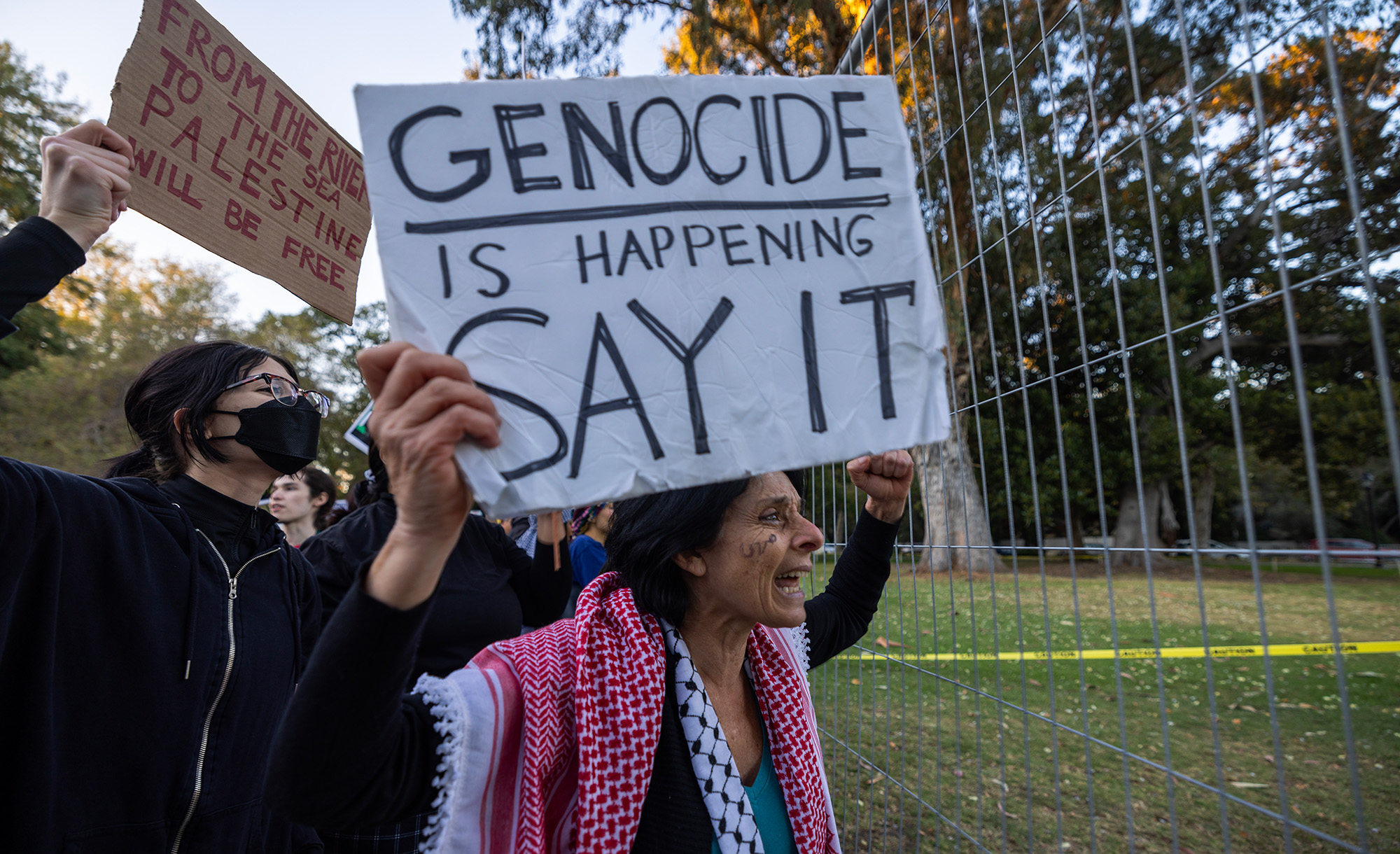Besides being a distinguished scholar of ancient Judaism, Shnayer (Sid) Leiman is also one of the great collectors of, and experts on, Jewish books and ephemera. Herewith, his account of his efforts to identify a photograph of an aged Jew in pious garb on a postcard:
The [postcard] presents a black and white photograph, also standard for its time. It features a tombstone with a Hebrew inscription; a mausoleum behind the tombstone, with a brief Hebrew inscription; and what appears to be a cemetery attendant, with his hand atop the tombstone. Most important, it contains a German heading under the photograph, which reads in translation: “From the Eastern Front of the theater of war, Wilna, an old Jewish tombstone.”
The reverse prints the name of the publishing company that produced the postcard: “The Brothers Hochland in Königsberg, Prussia.”
In terms of historical context, the information provided by the postcard—a German heading; Vilna is defined as the eastern front of the theater of war; the postcard was produced in Königsberg can lead to only one conclusion, namely that the postcard was produced on behalf of the German troops that had occupied, and dominated, Vilna during World War I. The German military seized Vilna on September 18, 1915 and remained there until the collapse of the Kaiser’s army on the western front, which forced the withdrawal of all German troops in foreign countries at the very end of 1918.
Thus, our photograph was taken, and the postcard was produced, during the period just described. Its Sitz im Leben was the need for soldiers to send brief messages back home in an approved format. The ancient sites of the occupied city made for an attractive postcard. (This may have been especially true for Jewish soldiers serving in the German army.)
Leiman explains at length his quest to establish the identity not only the tombstone, but also the cemetery attendant. The quest leads him to October 8 to 10, 1920, during the unstable period that followed World War I’s end, when Polish soldiers seized Vilna and raped, robbed, and beat local Jews, murdering six. One of them was Meir Zelmanowicz, the man in the photograph.
More about: Anti-Semitism, East European Jewry, Vilna


